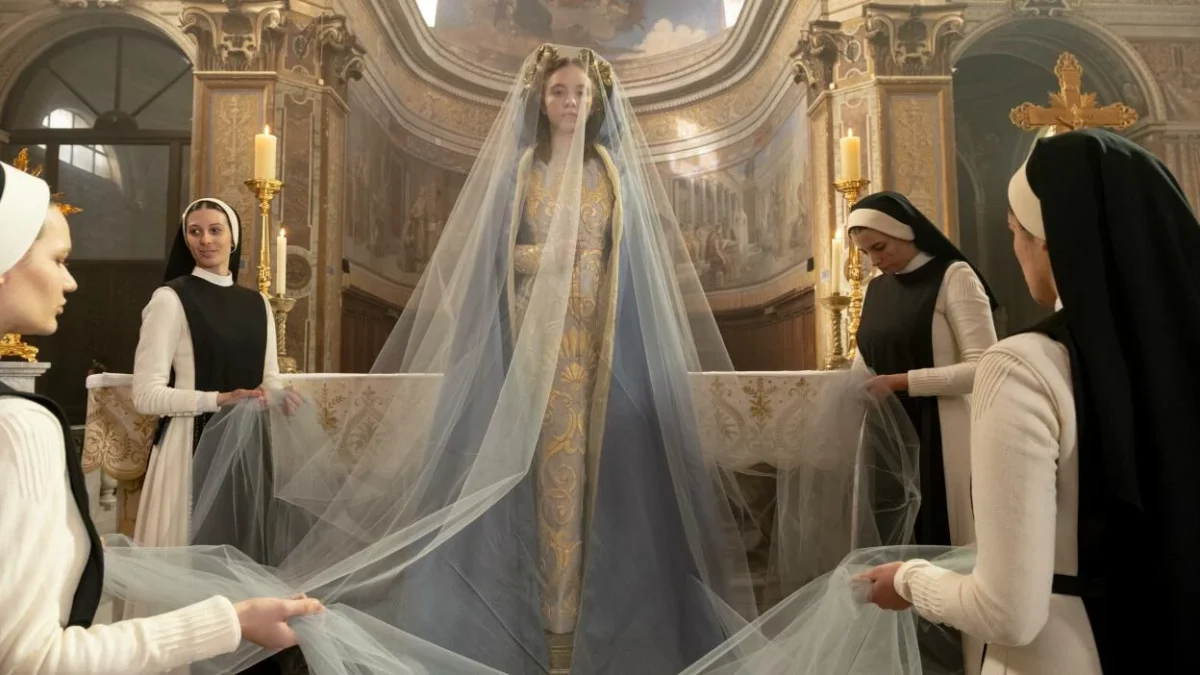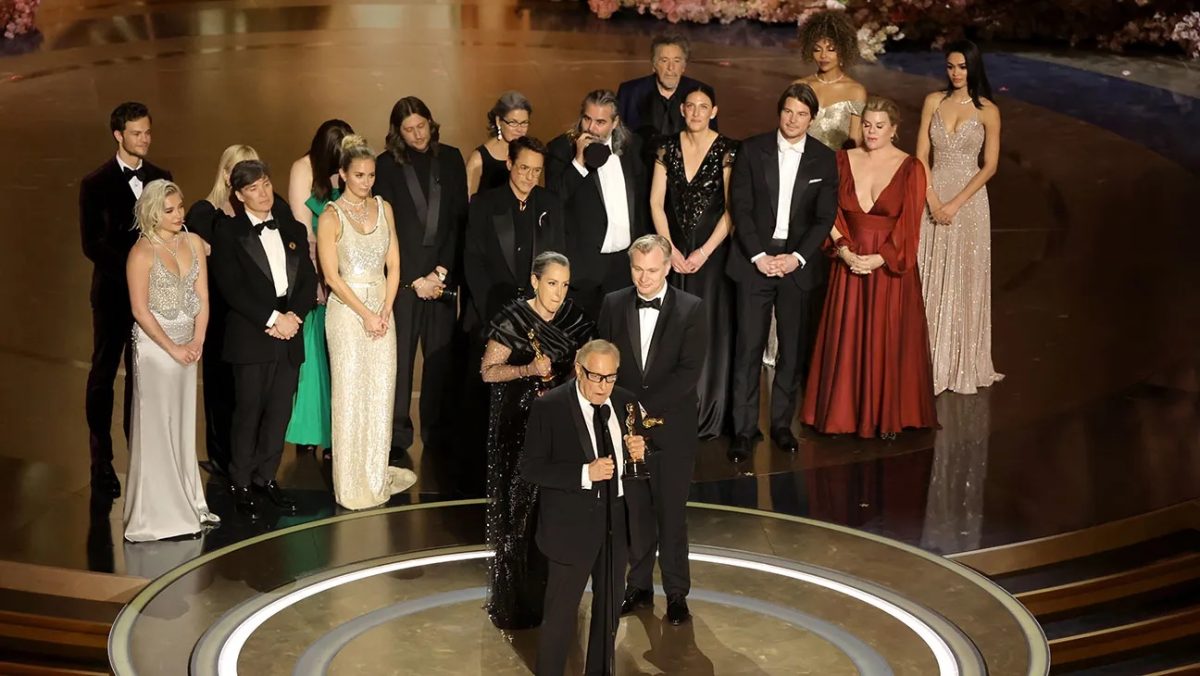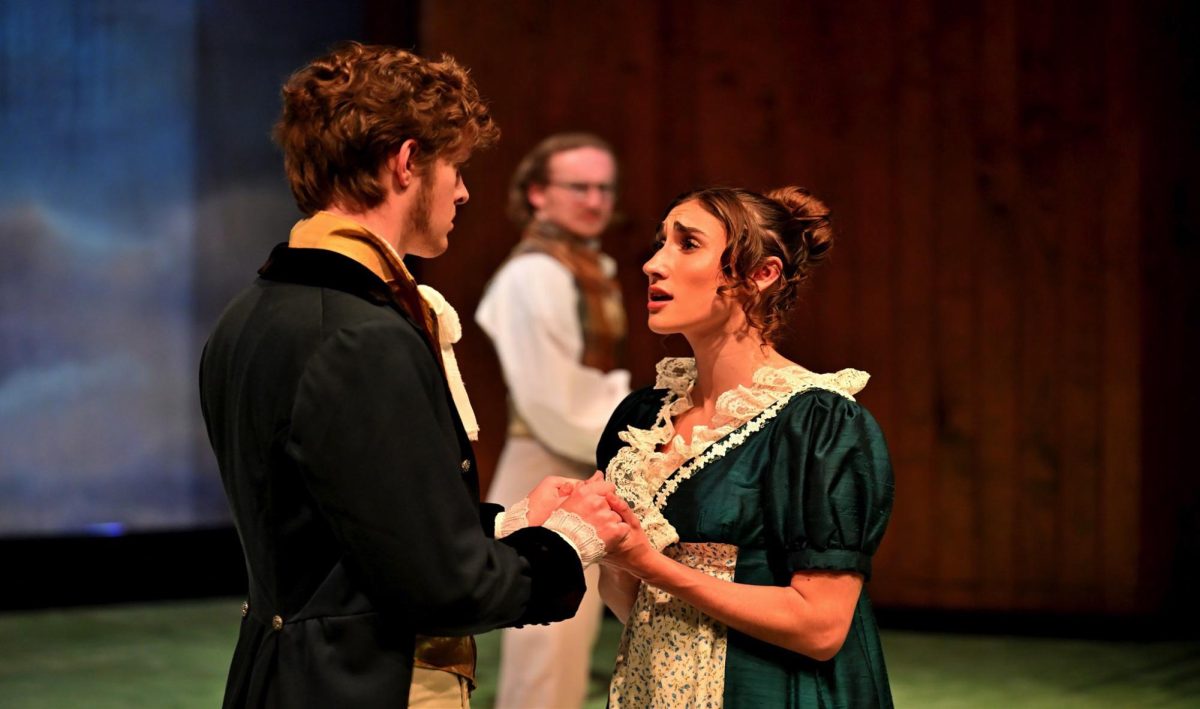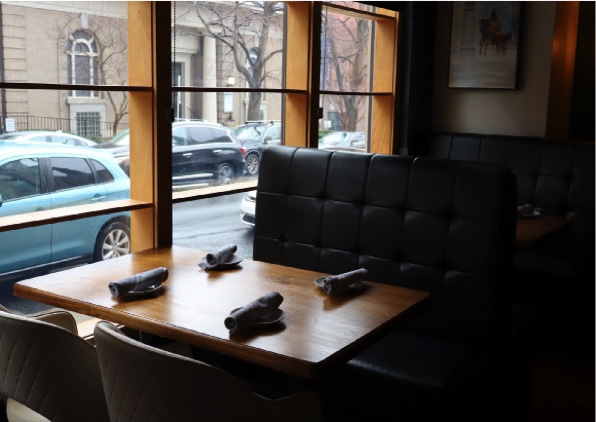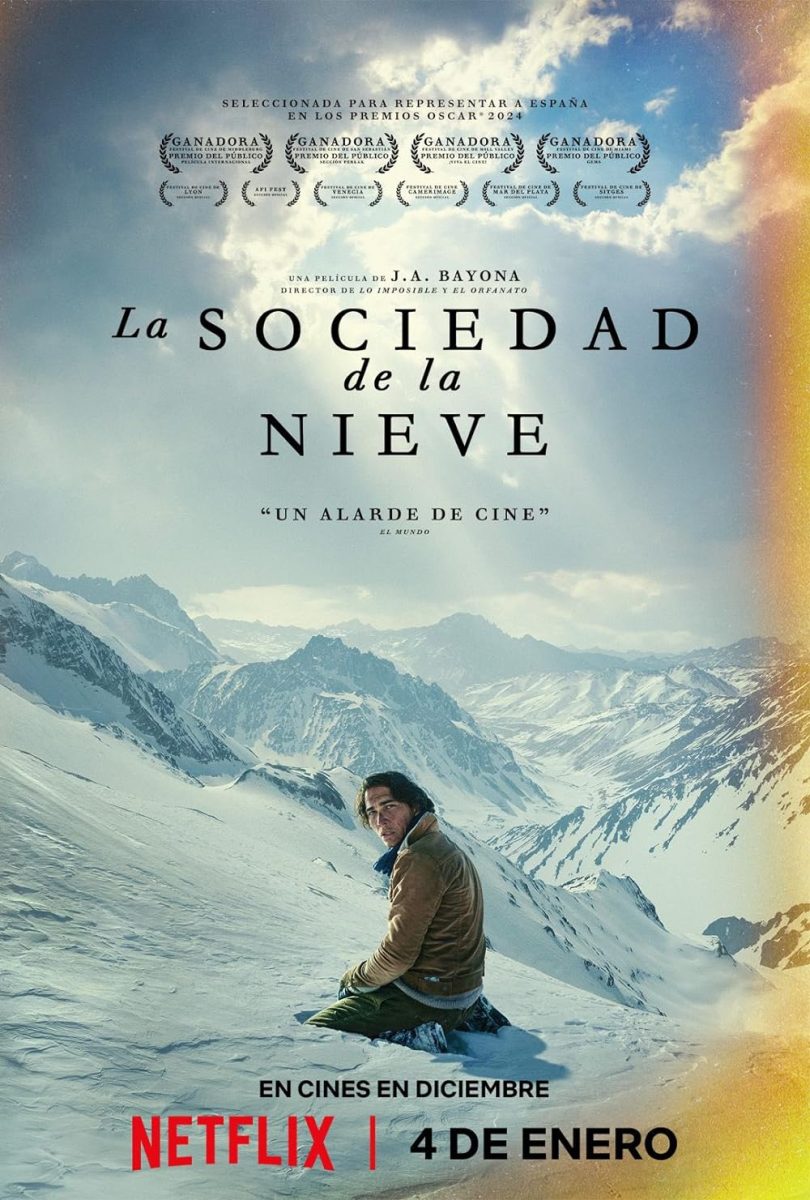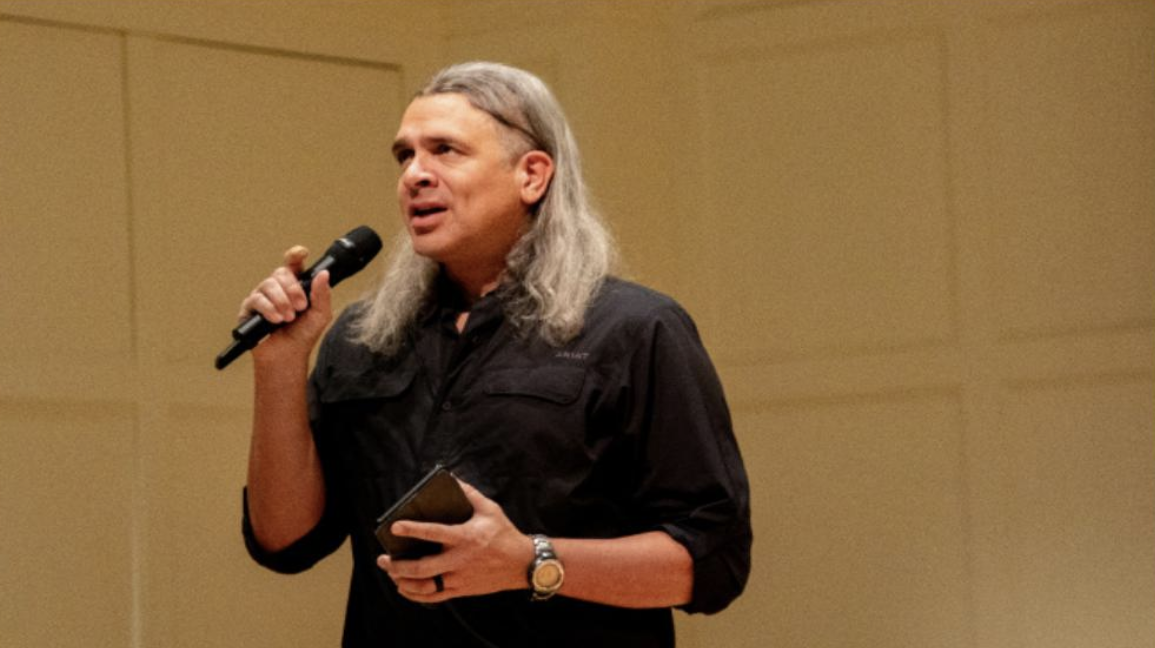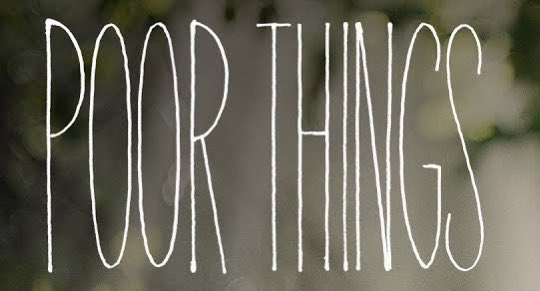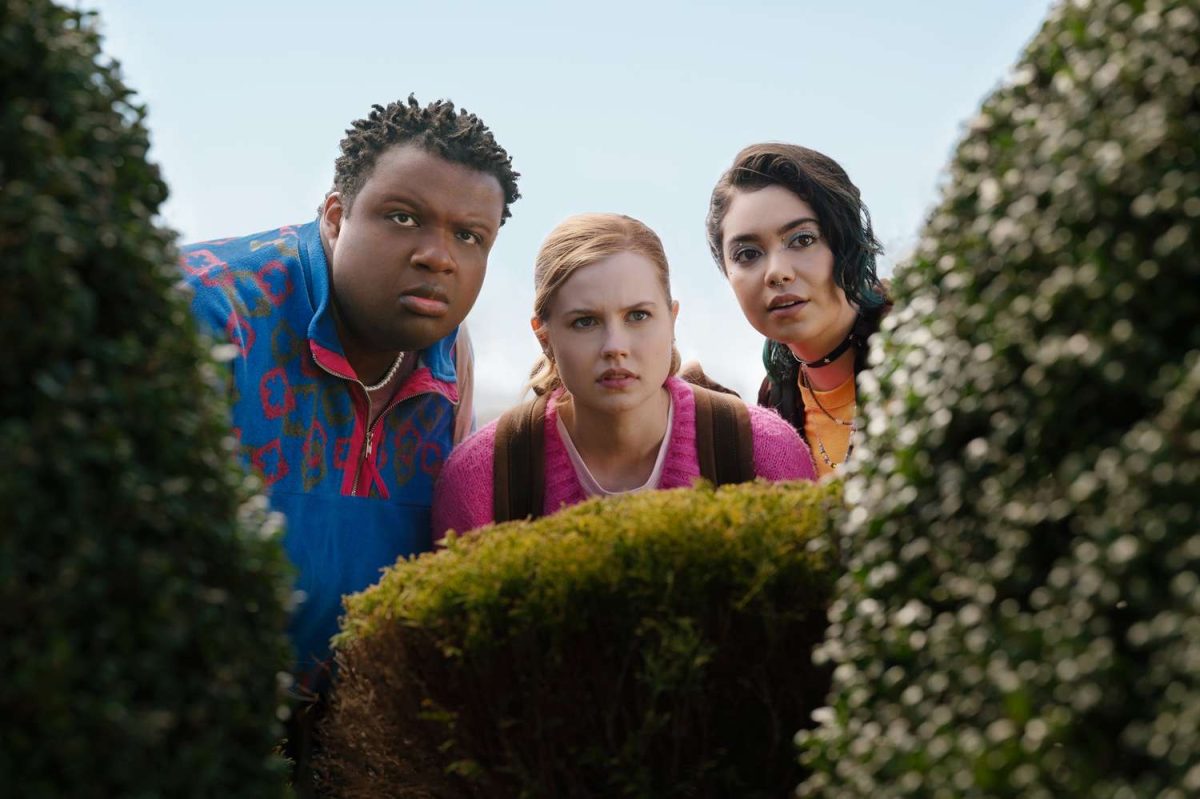Terrence Malick, the mainstream medium-maximalist and Blakean transcendentalist that he’s always been, has lavished yet another ponderous, exhausting and often rewarding work of art upon us. It’s called A Hidden Life, and it’s about a man in rural Austria whose straining morality cannot allow him to pledge an oath to Hitler. Like Jojo Rabbit, Malick’s film refuses the by-now banalities of overly-serious, narrative World War II epics. The film is a non-linear collaging of landscape and person, injected with mystical religiosity and introspective intensity germane to Malick alone. Like most of the director’s films, A Hidden Life doses viewers with woozy aesthetics. The side effects include glimpses of staggering beauty, boredom and random insight. It feels like we’re meant, as Jim Morrison said, to break on through to the other side. But often we just sit in awe, this side of heaven.
Malick has always been an instance poet, who takes an image and perfects its every facet, creating a jewel glittering in every kind of angled light. It’s hard to say his compositions convey ideas, more like bursts of cinematographic intensity, resistant to frozen concept. Gilded light refracts through nature’s apparent profundities, but the profound never has a chance to calcify. Often, the films are so densely pretty that our appetites for structure and coherence never fully invade, beat back by the aesthetic illuminations Malick provides. The camera pokes its snout around, rummaging among faces and nature with equal curiosity, only to pause for glimpses of natural beauty. Convex, wide-lenses warp the edges of images inward, cupping the mind and eyes in the womb of Malick’s poetic prisms, while alienating them from any common perception. The specific mode of capture becomes an intense experience itself, as the camera lives and lingers with its circumstance to strike the eye with momentous attraction.
Often elliptical, Malick’s films use somnolent images to open us up to glancing metaphysics, usually overdubbed by kaons meant to loosely construct a story. Often, this is where Malick can become most frustrating. A Hidden Life is no different. The images brush us like fiber-optic lashes, whose feelings lick briefly, ardently, and then get consumed in the general soup of confusion and abstraction. I can never decide, after seeing Malick’s work, if I actually like him, or just occasionally enjoy him. This review has turned into more of an internal reckoning than a critical assessment of A Hidden Life, but maybe that’s the point. Every Malick film makes one take up his mission, wrestle with its viability and decide if it’s worth the time. Often, I like the idea of Malick’s aesthetics. I like absorbing their refreshing shot-in-the-arm perhaps more than the rewards of any full-length feature. One dives in and out of his films, knifing the occasional image with one’s brain, approaching some sort of philosophy, and straining to extract a human truth. Of course, this search for meaning isn’t the trite “Search for Meaning,” just the hope of a few questions parsed from the kaleidoscope. There’s always a Christian smell to Malick’s work: revelations, miracles, all the wispy lingo. His images seem to inherently exhort some divine composition or marvel. Again, A Hidden Life is no different; in fact, it amplifies all of Malick’s usual themes. But their collected whole — the film — is more like going on a long run. Time bunches together, attenuates, falls out of joint. Just as there are moments of grasping insight and stints of languorous exile, the individual’s perception of time itself goes through tortuous, wondrous mutations over the course of the film.
A Hidden Life is 174 minutes in length, and not a single second could be mistaken with any other filmmaker. It’s entirely too long, but, in another sense, with a film like this, who cares? Franz (August Diehl) lives in the mountains of Austria, where he tends to his work and his family. His wife, Fani (Valerie Pachner), does just as much work as he does, and the two forge their love through the incessant company and labor. When the Nazis come calling, Franz becomes the only conscientious objector in his village, and of course things fall apart. It seems especially fruitless to present even the thinnest account of A Hidden Life, because plot is as irrelevant to Malick as alcohol to Quakers. I’ll stop by saying the film is based on real events (and the title beholden to a beautiful George Eliot quote), but the form is based solely on Malick’s blooming brain.
I would recommend A Hidden Life to those craving beauty. Even the “horrible” scenes of the film are so guided by Malick’s dreamy intuitions that they never really bloody the brain. The only tears that may flow from this film would come from a feeling akin to hearing music. “Anything too stupid to be said is sung,” Voltaire once said, “and hence: the birth of opera.” Malick’s images often climb into an operatic pitch, patched together like notes of a song that aim to show in singing image what we cannot say. It’s often a rousing and noble concept, for I’ve no doubt Malick sees music in images, and tries to convey his sense of transcendental awe to us. He’s been concerned with communicating some roiling infinity behind aesthetic perfection in every film he’s made since Badlands. And sometimes he succeeds in getting us to hear snatches of that divine movement. Sometimes he succeeds often. But sometimes, also, it becomes too much to ask us to listen.




